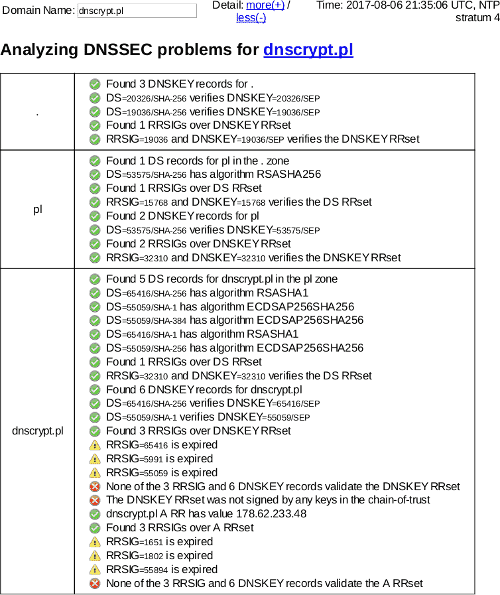

By releasing a security add-on using encrypted communication to get your requests to and from the DNS server, the effort aims to protect the traffic from intermediary prying eyes and man-in-the-middle DNS redirection attacks, which may spirit you off to potentially malicious sites.ĭNS traffic is a traditional, well-known, unencrypted communication that directs users to websites using their text names rather than having to remember the IP of each site you visit.

Now OpenDNS is proposing a last mile approach called DNSCrypt which intends to secure the problematic link between users’ devices and the Internet itself. Combined with anti-malware efforts at thwarting DNS changing via malicious registry/host file modification, it’s making a dent. Now OpenDNS is proposing a last mile approach called DNSCrypt which intends to secure the problematic link between users’ĭNSSEC has been making the headlines lately as a possible defense against nasty DNS redirection schemes on the server end.

DNSSEC has been making the headlines lately as a possible defense against nasty DNS redirection schemes on the server end.


 0 kommentar(er)
0 kommentar(er)
